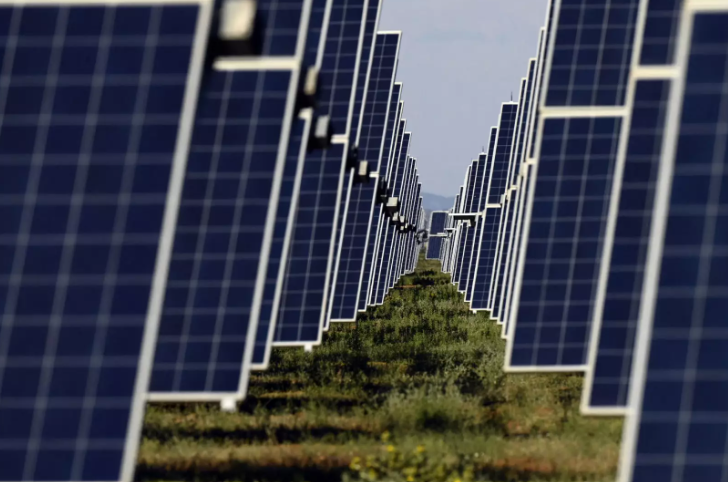In the current energy transition, many dilemmas have arisen about the optimal choice of electricity sources. In his recent article, Professor Dr Andrej Trkov from the Faculty of Mathematics and Physics highlighted the comparison between nuclear power plants and solar panels and analysed the financial and technological aspects of both sources.
According to Professor Dr Andrej Trkov‘s findings, based on verifiable data on the Energy Charts website (available here: https://www.energy-charts.info/charts/power/chart.htm? =en&c=SI&stacking=stacked_absolute_area&legendItems=gya&interval=year&source=total&year=2023), the same amount of electricity generated by a nuclear power plant would cost us at least three times more if it were generated by solar panels. This difference in costs is partly due to the as-yet undeveloped technologies for storing surplus energy, which account for a large part of the overall cost.
The cost of building a nuclear power plant is often misrepresented to the public as extremely high. Professor Trkov explained that these estimates are unrealistic due to the several-year hiatus in the construction of nuclear power plants in Europe and the USA, which has disrupted supply chains. In cases where nuclear power plants are built within the agreed timeframe and framework, the costs are predictable. He cited the example of China and South Korea, where several nuclear power plants have been built over the last decade without major financial slippages.
Comparing costs with renewables
The ELES company for the transmission of electricity estimates that building a 1,000 MW nuclear power plant would cost around 10 billion euros, while GEN Energija company estimates it would cost slightly less – around 9.2 billion euros. If you wanted to generate electricity exclusively from solar panels, you would need 10,000 MW of installed capacity for 1,000 MW, which would require around one million 10 kW installations on rooftops across Slovenia. The cost of this would be around 10 billion euros, which is comparable to the cost of a nuclear power plant.
However, it is important to point out that the lifetime of a solar power plant is about 30 years, which means that over the lifetime of a nuclear power plant (60 years), all the solar panels would have to be replaced at least twice, doubling the cost of the solar power plants.
Volatility of alternative sources
A key problem with solar panels is, among other things, their intermittency. During the summer months and in the middle of the day, there is surplus electricity, which is
difficult to store, and in winter, there is a shortage of electricity due to reduced production. At present, no technology has been developed to allow efficient long-term storage of surplus energy for the night hours or the winter months, so fossil fuels would have to be used to meet demand, negating the benefits of renewable energy sources.
Additional challenges for solar panels
To add to the direct costs, there are also additional unknown costs with solar panels, such as the need for energy storage (batteries), which would double the construction costs. It would also require the construction of gas-fired power plants and green gas plants, the technology for which has not yet been developed on such a large scale. To ensure sufficient supply during the winter months, the installed capacity of solar panels would need to be increased to 15,000 MW, which would increase the price of renewable electricity by at least 50 percent, compared to nuclear power.
The claim that nuclear power plants are expensive is misleading when compared with other energy sources in terms of overall lifetime and stability of supply. Despite the high initial costs, nuclear energy is a more cost-effective and stable solution in the long term, especially compared to solar panels, which have greater energy storage problems and a shorter lifetime.
A.H.


